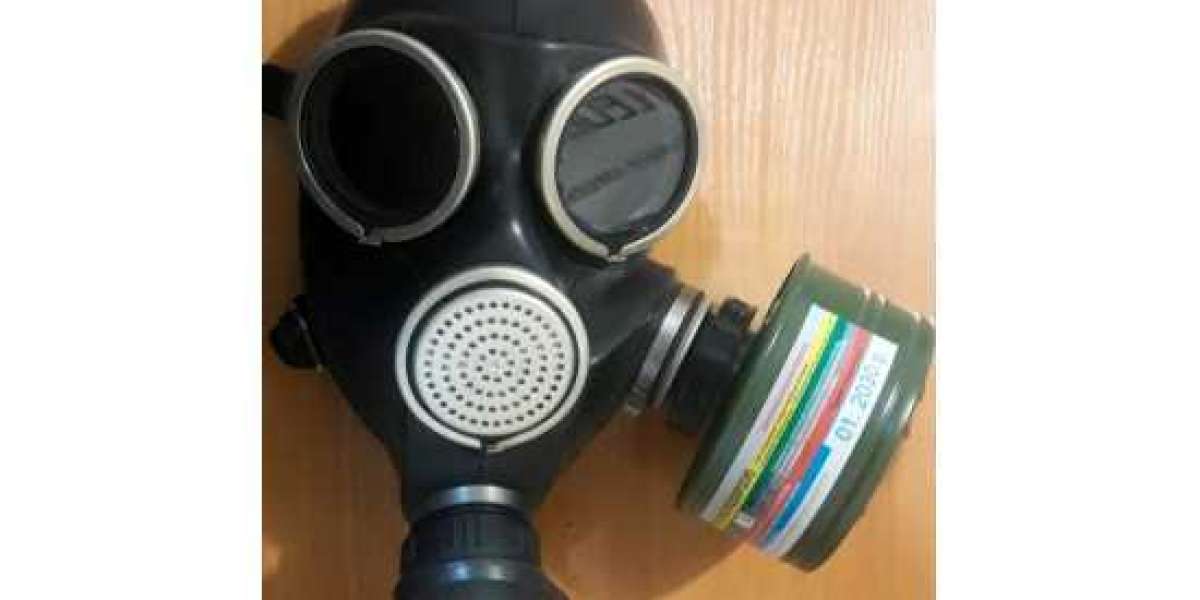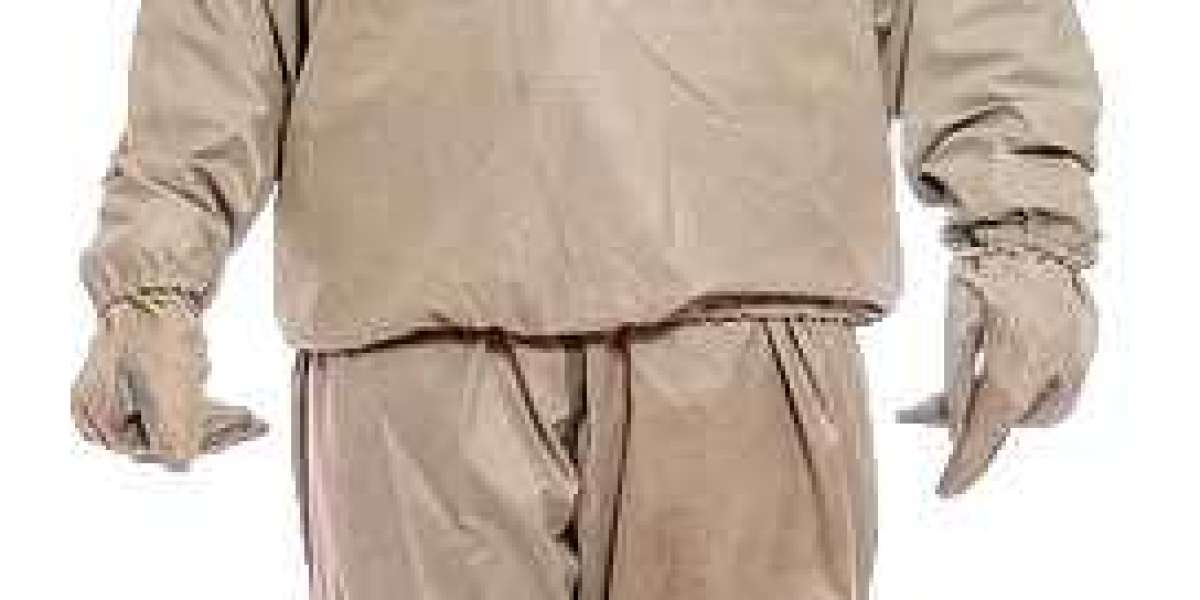Medical device outsourcing encompasses a broad spectrum of activities, ranging from design and engineering to manufacturing, regulatory compliance, and post-market services. It allows medical device companies to leverage external expertise, resources, and capabilities to streamline operations, reduce costs, and accelerate innovation. Outsourcing partners, including contract manufacturers, engineering firms, and regulatory consultants, play a pivotal role in bringing medical devices from concept to market.
Importance of Medical Device Outsourcing: The complexity of medical devices, coupled with stringent regulatory requirements and evolving healthcare dynamics, necessitates specialized expertise and resources. Outsourcing enables companies to tap into a global network of suppliers, manufacturers, and service providers with domain-specific knowledge and infrastructure. By outsourcing non-core functions, companies can focus their internal resources on core competencies such as research and development, market strategy, and customer engagement.
Overview of Market Size and Growth Projections: The medical device outsourcing market has witnessed robust growth in recent years, driven by factors such as increasing healthcare expenditure, technological advancements, and outsourcing trends across industries. With a market size exceeding USD 100 billion in 2023 and a projected CAGR of 11.8% over the forecast period, the market is poised for substantial expansion. This growth trajectory is fueled by the rising demand for specialized services, globalization of supply chains, and the adoption of outsourcing as a strategic imperative by medical device companies.
Market Analysis
Current Market Landscape: The medical device outsourcing market is characterized by a diverse ecosystem of players, including contract manufacturers, engineering firms, regulatory consultants, and supply chain partners. Key drivers of market growth include the increasing complexity of medical devices, cost pressures, regulatory compliance requirements, and the need for operational efficiency. Additionally, the COVID-19 pandemic has underscored the importance of agility and resilience in supply chains, driving companies to reassess their outsourcing strategies.
Forecasted Growth Trends: The projected CAGR of 11.8% indicates strong growth potential for the medical device outsourcing market. This growth is driven by factors such as the expansion of the global healthcare sector, technological innovations, and the outsourcing of non-core functions by medical device companies. Moreover, the emergence of new markets, such as telemedicine, remote patient monitoring, and digital health, presents additional growth opportunities for outsourcing partners.
Market Segmentation: The medical device outsourcing market can be segmented based on various criteria, including service type, device type, end-user, and geography. Service types encompass a wide range of activities, including design and engineering, prototyping, manufacturing, testing, regulatory compliance, and post-market surveillance. Device types span a diverse array of categories, including implantable devices, diagnostic equipment, therapeutic devices, and wearable technologies. End-users of outsourcing services include medical device companies, hospitals, clinics, research institutions, and contract manufacturing organizations (CMOs). Geographically, the market is segmented into regions such as North America, Europe, Asia Pacific, Latin America, and the Middle East & Africa, each with its unique dynamics and growth drivers.
Additional Point: Market Dynamics and Trends: In addition to segmentation, it's essential to analyze the market dynamics and emerging trends shaping the medical device outsourcing landscape. This includes factors such as the rise of personalized medicine, advancements in 3D printing and additive manufacturing, increasing adoption of virtual prototyping and simulation tools, and the integration of artificial intelligence (AI) and machine learning (ML) in medical device development and manufacturing processes.
Key Growth Drivers and Trends
Increasing Complexity of Medical Devices: The evolving healthcare landscape and growing demand for advanced therapies have led to the development of increasingly complex medical devices. This complexity arises from factors such as miniaturization, multifunctionality, connectivity, and integration with digital health platforms. As medical devices become more sophisticated, companies require specialized expertise in areas such as electronics, software development, materials science, and regulatory compliance, driving the demand for outsourcing services.
Cost Reduction and Efficiency Enhancement Strategies: Cost pressures, competition, and evolving reimbursement models are driving medical device companies to optimize their operational costs and improve efficiency throughout the product lifecycle. Outsourcing offers opportunities to achieve cost savings through economies of scale, access to lower-cost labor markets, and shared infrastructure. By partnering with outsourcing providers, companies can leverage their expertise, resources, and global footprint to streamline processes, reduce time-to-market, and enhance overall competitiveness.
Growing Demand for Outsourced Regulatory Compliance: The medical device industry is subject to stringent regulatory requirements imposed by regulatory authorities such as the FDA, EMA, and CFDA. Ensuring compliance with these regulations is a complex and resource-intensive process, requiring expertise in quality management systems, risk assessment, documentation, and auditing. Outsourcing regulatory compliance activities to specialized consultants and service providers allows companies to navigate the regulatory landscape more effectively, mitigate compliance risks, and expedite market approvals.
Technological Advancements in Manufacturing Processes: Advancements in manufacturing technologies, such as additive manufacturing (3D printing), robotics, automation, and digitalization, are revolutionizing the medical device manufacturing landscape. These technologies enable greater flexibility, precision, and scalability in production processes, resulting in improved product quality, reduced lead times, and enhanced cost-effectiveness. Outsourcing partners with expertise in advanced manufacturing technologies can help companies capitalize on these capabilities and stay ahead of the curve in an increasingly competitive market.
Shift towards Outsourcing Non-Core Functions: In an increasingly complex and dynamic business environment, medical device companies are rationalizing their operations and focusing on their core competencies. This has led to a growing trend of outsourcing non-core functions such as supply chain management, logistics, distribution, and aftermarket services. By partnering with specialized service providers, companies can optimize their resources, mitigate risks, and adapt more quickly to market changes while maintaining their focus on innovation and value creation.
Additional Point: Impact of Global Events: Global events such as the COVID-19 pandemic have had a profound impact on the medical device outsourcing market. The pandemic highlighted vulnerabilities in global supply chains, leading to disruptions in the production and distribution of medical devices. In response, companies are reevaluating their outsourcing strategies, prioritizing resilience, agility, and localization. Additionally, the pandemic has accelerated trends such as telemedicine, remote monitoring, and digital health, creating new opportunities for outsourcing partners to support the development and deployment of innovative healthcare solutions.
Competitive Landscape
Overview of Key Players: The medical device outsourcing market is highly competitive, with a diverse mix of players ranging from multinational corporations to specialized niche providers. Key players include contract manufacturers, engineering firms, regulatory consultants, and supply chain partners. These companies offer a wide range of services, capabilities, and expertise tailored to the needs of medical device companies across various segments and geographies.
Company Profiles: Detailed profiles of leading players such as Flex Ltd., Sterling Medical Devices, Integer Holdings Corporation, Eurofins Scientific, and Plexus Corp. These profiles highlight each company's core competencies, market positioning, recent developments, and strategic initiatives. Additionally, we'll explore emerging players and niche providers that are making significant contributions to the medical device outsourcing ecosystem.
Strategic Initiatives and Partnerships: In a rapidly evolving market landscape, strategic initiatives and partnerships play a critical role in shaping the competitive dynamics and driving innovation. Key players engage in partnerships, collaborations, acquisitions, and joint ventures to expand their service offerings, enter new markets, and strengthen their competitive position. By forging strategic alliances with complementary players, companies can enhance their capabilities, leverage synergies, and capitalize on emerging opportunities in the medical device outsourcing market.
SWOT Analysis of Key Players: A SWOT analysis provides insights into the strengths, weaknesses, opportunities, and threats facing key players in the medical device outsourcing market. By evaluating internal capabilities and external factors, companies can identify strategic priorities, mitigate risks, and capitalize on growth opportunities. This analysis serves as a valuable tool for stakeholders, investors, and decision-makers in assessing the competitive landscape and formulating effective strategies.
Additional Point: Emerging Trends in the Competitive Landscape: In addition to profiling key players and analyzing strategic initiatives, it's essential to explore emerging trends in the competitive landscape. This includes the rise of specialized niche providers focusing on specific segments or technologies, the entry of new players from adjacent industries such as electronics, software, and telecommunications, and the increasing convergence of services across the value chain. Understanding these trends enables companies to anticipate market shifts, identify niche opportunities, and differentiate themselves in a crowded marketplace.
Regulatory Environment and Compliance
Overview of Regulatory Requirements: The medical device industry is subject to a complex regulatory framework aimed at ensuring the safety, efficacy, and quality of medical devices. Regulatory requirements vary by region and encompass standards such as ISO 13485, FDA regulations (21 CFR Part 820), EU Medical Device Regulation (MDR), and other regional directives. Compliance with these regulations is essential for market access and product commercialization, requiring companies to implement robust quality management systems and adhere to stringent documentation and reporting requirements.
Impact of Regulations on Outsourcing Practices: Regulatory requirements exert a significant influence on outsourcing practices in the medical device industry. Companies must ensure that their outsourcing partners comply with relevant regulations and standards, maintain transparency and traceability throughout the supply chain, and adhere to contractual agreements and quality agreements. Failure to meet regulatory requirements can result in delays, penalties, product recalls, and reputational damage, underscoring the importance of due diligence and risk management in outsourcing relationships.
Compliance Challenges and Strategies: Achieving and maintaining regulatory compliance presents various challenges for medical device companies and outsourcing partners. These challenges include interpreting complex regulations, managing documentation and records, conducting risk assessments, and ensuring consistency and traceability across the product lifecycle. To address these challenges, companies employ strategies such as establishing quality management systems, conducting regular audits and inspections, implementing risk mitigation measures, and fostering a culture of compliance throughout the organization and supply chain.
Additional Point: Emerging Regulatory Trends: The regulatory landscape governing medical devices is constantly evolving, with new regulations, guidance documents, and standards being introduced to address emerging technologies, market trends, and patient safety concerns. Key trends include the implementation of unique device identification (UDI) systems for traceability and post-market surveillance, the adoption of risk-based approaches to regulatory compliance, and the harmonization of regulatory requirements across global markets. Staying abreast of these trends and proactively adapting compliance strategies is essential for companies operating in the medical device outsourcing market.
Future Outlook
Emerging Opportunities and Market Trends: Looking ahead, the medical device outsourcing market presents numerous opportunities for growth and innovation. Emerging trends such as personalized medicine, digital health, telemedicine, and remote patient monitoring are reshaping the healthcare landscape and driving demand for advanced medical devices and services. Additionally, advancements in technologies such as artificial intelligence, robotics, and nanotechnology hold the potential to revolutionize medical device development, manufacturing, and delivery, opening up new avenues for outsourcing partners to add value and differentiate themselves in the market.
Potential Challenges and Risk Factors: Despite the promising outlook, the medical device outsourcing market is not without its challenges and risks. These include supply chain disruptions, geopolitical uncertainties, regulatory changes, cybersecurity threats, and competitive pressures. Additionally, the complexity of medical devices and the stringent regulatory requirements pose ongoing challenges for companies in terms of product development, testing, validation, and commercialization. Navigating these challenges requires agility, resilience, and strategic foresight on the part of both medical device companies and outsourcing partners.
Market Entry Strategies for New Players: For new entrants seeking to capitalize on the opportunities in the medical device outsourcing market, strategic market entry is crucial. This involves identifying niche opportunities, assessing market dynamics and competitive landscape, building partnerships and alliances, and leveraging core competencies and technological capabilities. Additionally, new players must prioritize compliance with regulatory requirements, establish robust quality management systems, and cultivate a reputation for reliability, innovation, and customer satisfaction to gain traction and establish a foothold in the market.
Additional Point: Ethical and Sustainability Considerations: In addition to market dynamics and competitive strategies, it's essential to consider ethical and sustainability considerations in the medical device outsourcing market. This includes ensuring compliance with ethical standards and regulations governing research, clinical trials, and patient safety, as well as addressing environmental sustainability and social responsibility concerns throughout the product lifecycle. By integrating ethical and sustainability principles into their business practices, companies can enhance their brand reputation, mitigate risks, and contribute to positive social and environmental outcomes.
Media Contact:
Company Name: Claight Corporation
Contact Person: Joe Goldberg, Business Consultant
Email: sales@expertmarketresearch.com
Toll-Free Number: US +1-415-325-5166 | UK +44-702-402-5790
Address: 30 North Gould Street, Sheridan, WY 82801, USA







